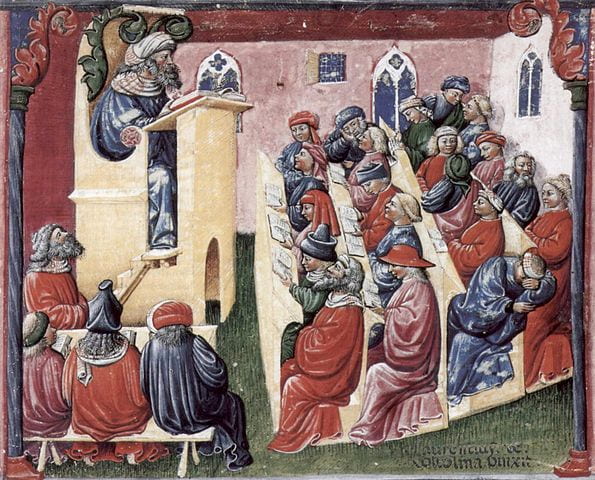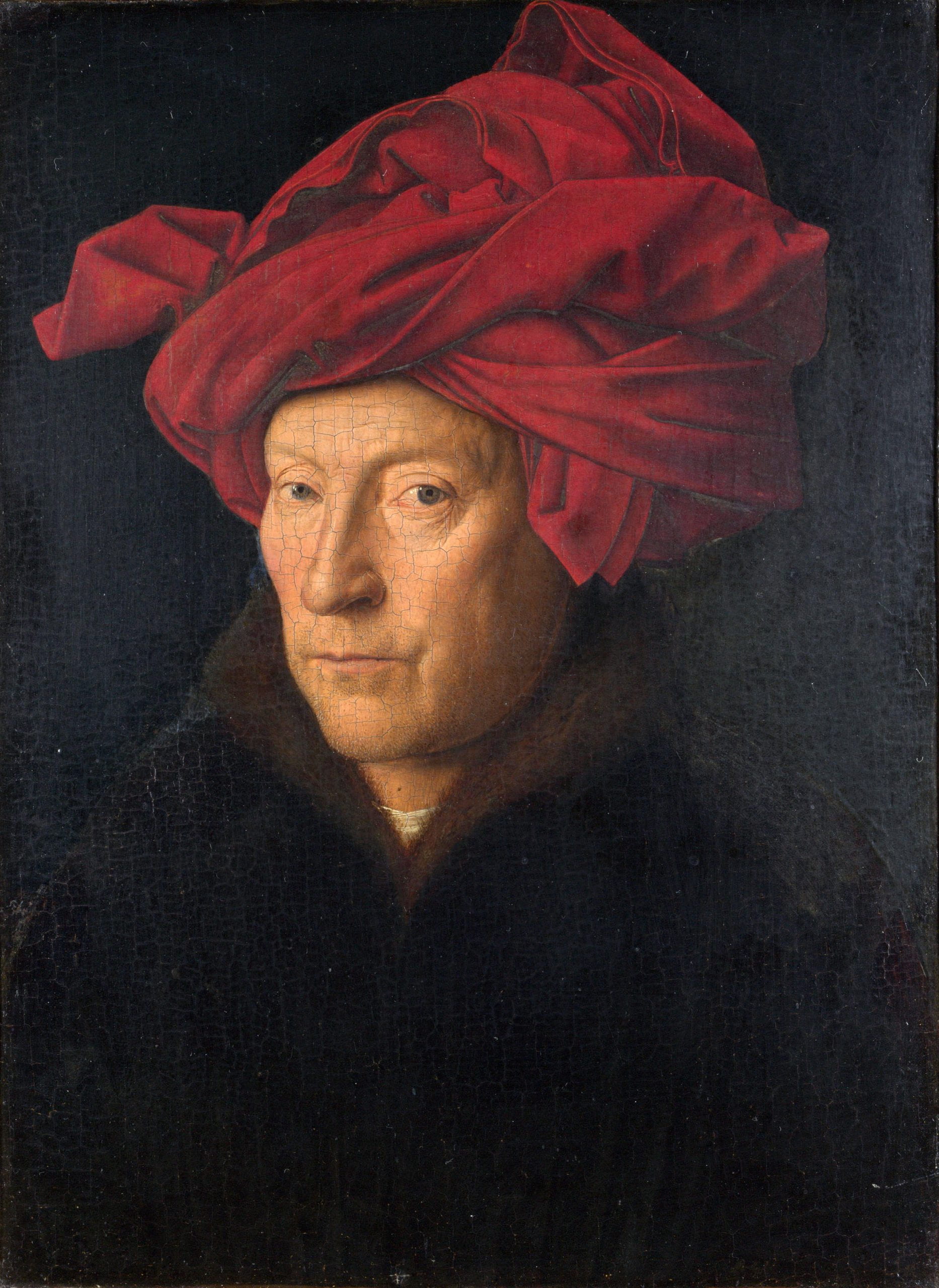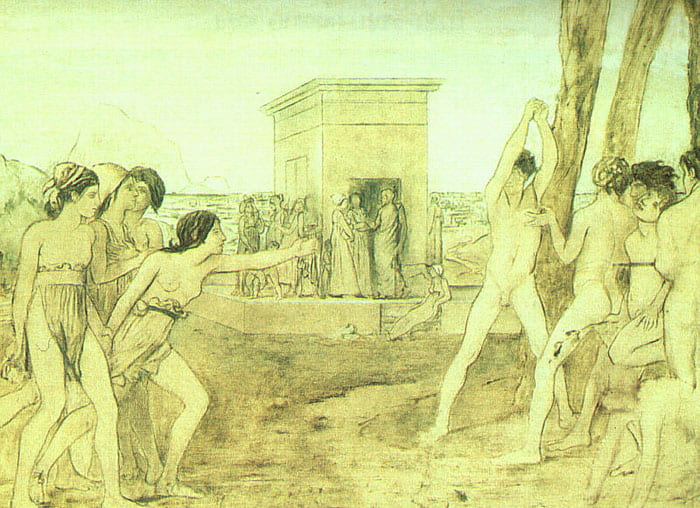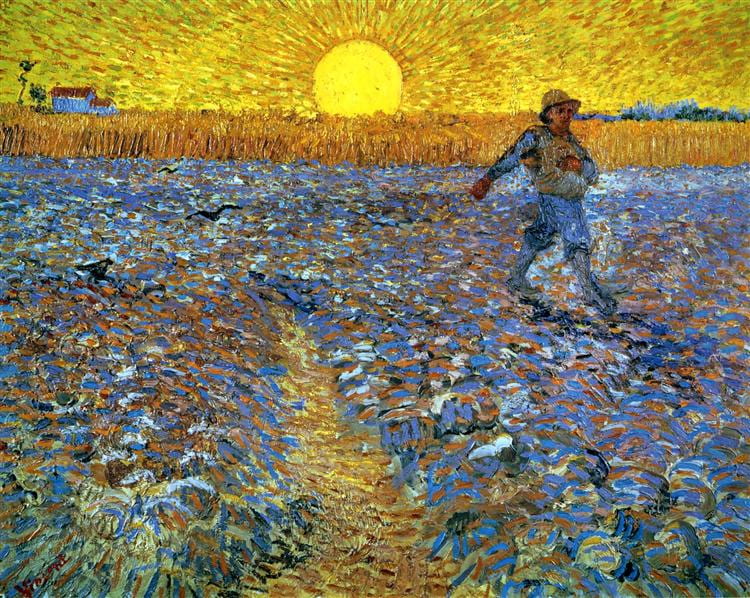
by Dr Fredric Coe | Apr 1, 2020 | For Doctors, For Patients, For Scientists
These videos seems very popular and so I have collected all of them in one place so people can find them easily. Some are part of written articles, and essentially walk through the articles and explain what is said. Others are free standing and more elaborate. I...
by Dr Fredric Coe | Mar 16, 2020 | For Doctors, For Patients, For Scientists
Pieter Bruegel the Elder (1530-1569) painted ‘Children’s Games’ in 1560. It resides in the Kunsthistorisches Museum, Vienna. On the Rise If you read the many reviews that abound (Pediatr Ann. 2017;46(6):e242-e244; Bowen D K Urol Clin N Am 45...

by Dr Fredric Coe | Feb 18, 2020 | For Doctors, For Patients, For Scientists
Of all the knowledge on this site, a tiny nugget of three well established facts has explosive power for patients and physicians. Put to actual use they let you prevent idiopathic calcium stones and preserve bone mineral. If you do not want to read the article, I have...

by Dr Fredric Coe and Jill Harris, LPN | Aug 11, 2019 | For Doctors, For Patients
Middle age 45 – 65, not the usual time to form your first kidney stone. The average for new stone onset is 35, with a spread of about 12 years, so by 45 you might think the odds are in your favor. But not always. Sometimes they start late, even into your fifties...

by Dr Fredric Coe | May 26, 2019 | For Doctors, For Patients, For Scientists
We have known for a long time that phosphate stone formers are mainly women. We also have long known that phosphate stones form when urine is more alkaline, and that women produce a more alkaline urine than men. So the fact of phosphate stones being more in women...

by Dr Fredric Coe | Feb 17, 2019 | For Doctors, For Patients, For Scientists, How Kidneys Function
The painting by van Gogh, The Sower with Setting Sun (1888) Kroller – Muller Museum, Otterlo, Netherlands, has no obvious connection to this article unless you have read Nellie Hermann’s essay on the former mining district of Belgium called the...






